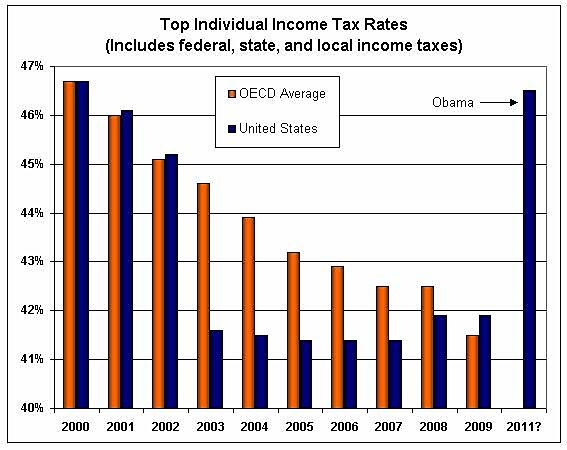Confirming Fidel Castro’s recent confession that “the Cuban model doesn’t even works for us anymore” (did it ever work?), Havana has announced the massive layoff of 500,000 state workers in the upcoming months. This is approximately 12 percent of the government workforce (and 10 percent of the total labor force).
The big question is whether the meager non-state sector can absorb such an influx of workers in such a short period of time. My take is that the only way Cuba can accomplish this is by aggressively liberalizing its economy: privatizing most industries and farmland, cutting red tape, freeing prices, lowering taxes (which fall heavily on the tiny private sector), and getting rid of thousands of restrictions on private businesses that currently thwart entrepreneurship. This, of course, means abandoning altogether the current communist model and moving towards a capitalist system. So far, the reforms introduced by Raúl Castro since becoming president three years ago have been far too timid and in some instances even counterproductive.
As Oleh Havrylyshyn, former Ukrainian deputy minister of finance, wrote in a paper published by Cato three years ago on the transformation of post-communist economies, rapid reforms (as opposed to gradual ones) bring about better results in terms of higher growth rates, lower unemployment, higher investment, etc. Interestingly, Havrylyshyn also found that “all of the rapid reformers developed into liberal democracies, whereas in many of the gradual reformers… small groups of super-wealthy oligarchs captured the state and dominated its economic decisionmaking.”
The Cuban ruling elite cannot afford to waste time. Very soon, hundreds of thousands of Cubans will be looking for a job in the dilapidated private sector. Social unrest could easily erupt if their search for a job or occupation goes unfulfilled. In the end, only a swift transition towards capitalism can rescue the Cuban people.

